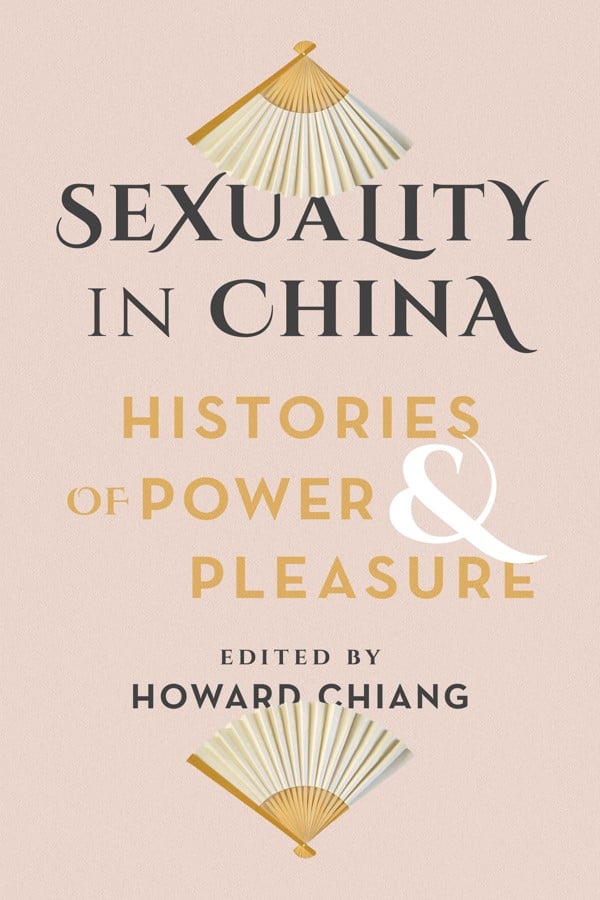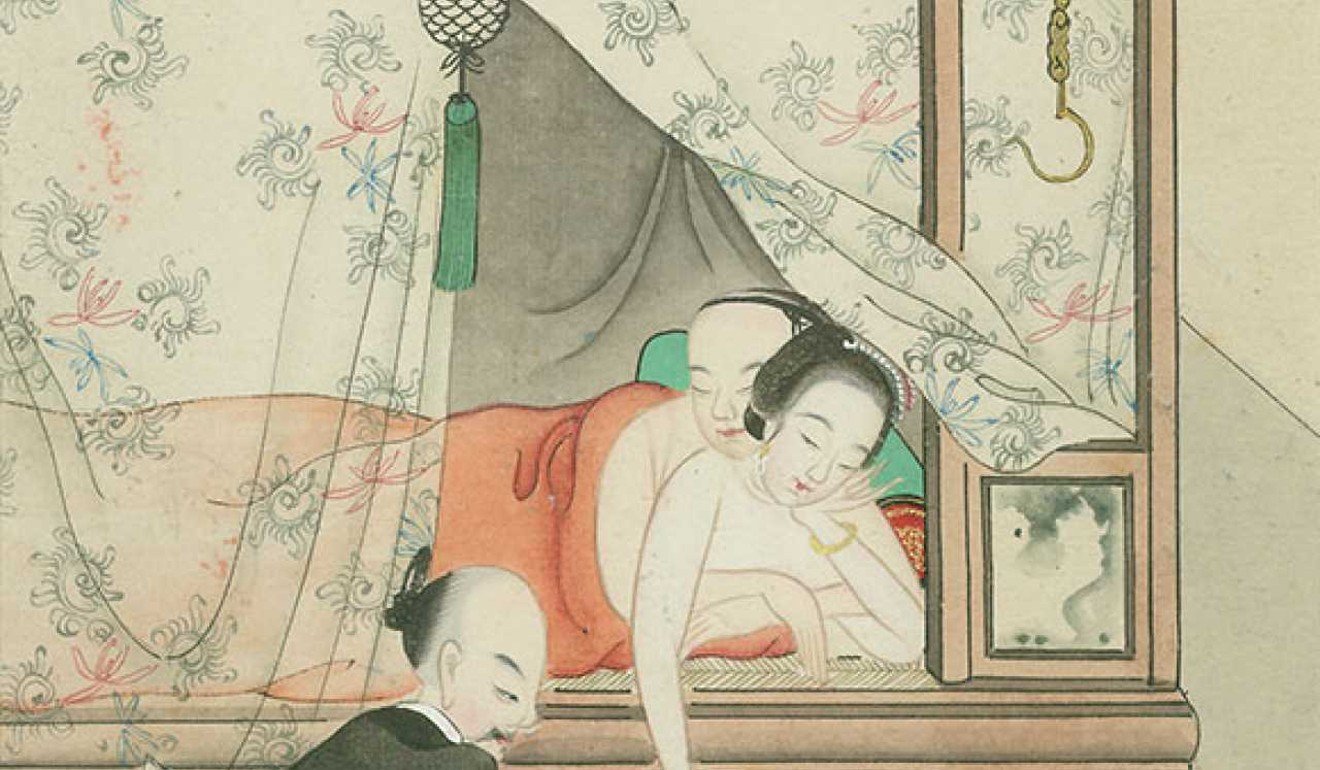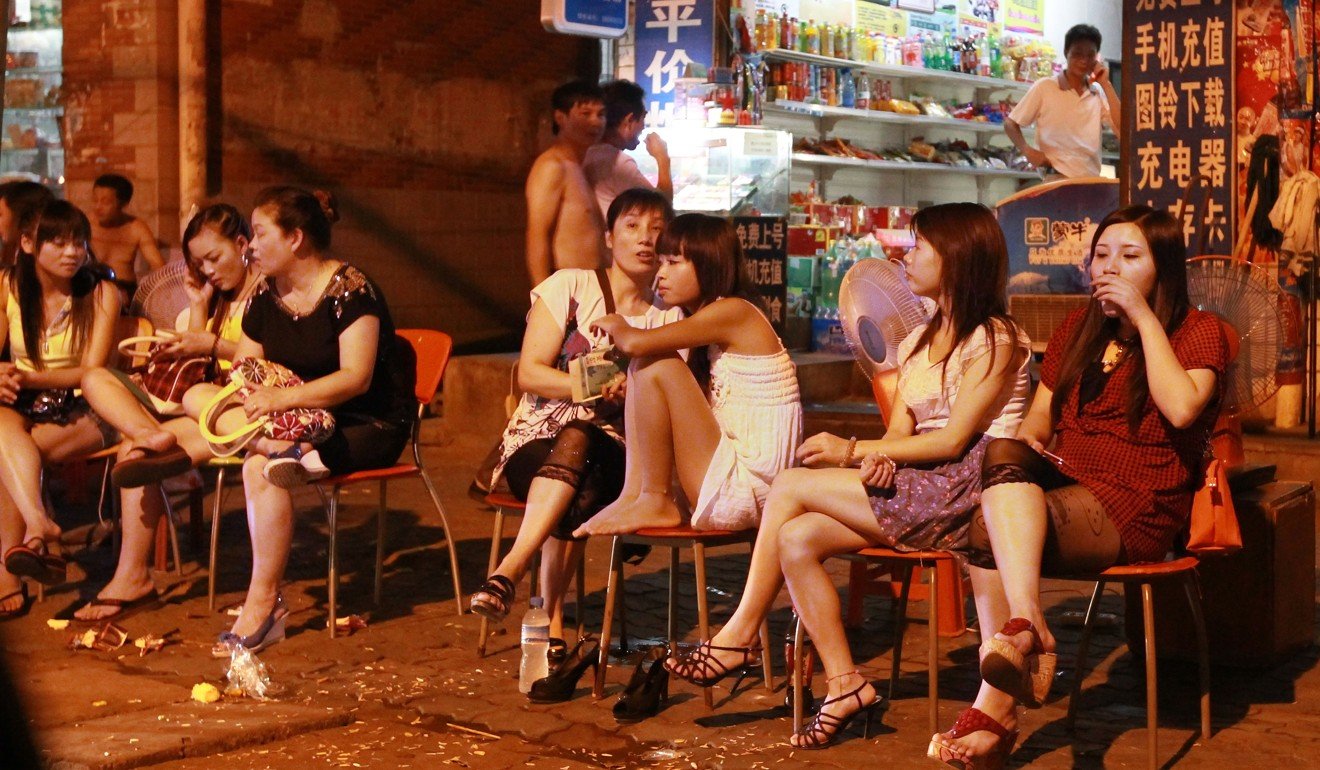
Review | Sex in China from imperial times to today explored via nine essays in Sexuality in China
Prostitution, polygamy, anatomy - you name it, these nine essays, edited by history professor Howard Chiang, examine all aspects of sex in China, from the imperial times until the present day

edited by Howard Chiang
University of Washington Press
3.5/5 stars
In the 1930s, China was scandalised by a spectacular homicide trial. In the dock was 22-year-old Tao Sijin, a female art student based in Hangzhou.
Tao was charged with the 1932 murder of 20-year-old art academy prodigy Liu Mengying, who had been her girlfriend for more than three years before Tao snapped.
Raise the Red Lantern author’s novella about prostitutes post-1949
“What type of crazy am I?” Tao had written in her diary before the killing. “I will never forget last night … When I undid the buttons on her jacket, being next to her body made me feel intoxicated … We kissed and kissed until drunk, and I embraced her tightly. Heaven … made us enjoy such sacred love.”
The lurid tale features in an essay titled “A Problem of Glands and Secretions”, one of nine included in
Sexuality in China: Histories of Power and Pleasure, which explores the history of sex in China, from imperial times onwards.

The court’s judgment on Tao delved into her relationship with Liu in intimate detail. “’Their relations were very close, such that they had taken naps together under a quilt, leading them to develop same-sex love relations” and that they had enjoyed a “sort of long-term association”.
Refreshing new insights into Chinese military classic – book review
That “association” drove authorities to fear that, if left unchecked, lesbian relationships could affect the country’s birth rate, among other knock-on effects. Yet, in the end, Tao was redeemed – reintegrated into society, winding up the wife of a county government official.
The essay about Tao, written by Peter Carroll, is the most remarkable and readable in the collection. Others seem more geared at scholars. In “Bertrand Russell and Ellen Key in China”, women’s studies professor Mirela David examines the philosophical debate on free love, individualism and eugenics in 1920s urban China – a challenging read.

“In outpatient clinics in both Beijing and Chengdu, where I was conducting fieldwork on the ‘epidemic of impotence’, I often heard men worry about the small size of their penises. The intensity of this worry extended far beyond the clinic,” Zhang writes.
She says most respondents thought their penises were average. However, men who saw theirs as smaller than average outnumbered those who considered theirs bigger by a two-to-one margin in Chengdu and a seven-to-one margin in Beijing.
Apparently, Western men are seen as better endowed as they are preferred for magazine covers, judging by a conversation Zhang has with a men’s magazine editor.
“Noticing that the masculine figures on the covers were all Western, I asked this editor, a confident woman in her early 30s, to explain. She said, ‘Well, as soon as we ran cover photos of Chinese men, circulation went down’.”
Meet the American journalist who adopted abandoned Chinese babies
Another essay, “The Pornographic Doctrine of A Loyalist Ming Novel”, appraises the raunchy 18th-century novel Preposterous Words. The author of the essay, Asian culture expert Keith McMahon, rightly frames the taboo-buster as extreme and unabashed in its portrayal of ecstasy. McMahon’s contribution may make readers want to grab a copy of the Chinese erotic classic with a rowdy, entertaining tale involving donkeys, monkeys and absurdly well-endowed monks.
The most thought-provoking essay in the collection relates to sex work. In the introduction, the editor, University of California history professor Howard Chiang, notes that China has a long history of “courtesanship”.
“Mao outlawed prostitution as a social evil and worked to oppress sexuality in China in general. Prostitution has once again emerged in post-Mao China – but under the global term ‘sex work’, translated as xing gongzuo.”

Historical family tale hinges on fate of young concubine in 1930s Malaya
“As a result, drinking, smoking, banqueting, entertainment, and casual sex – all considered leisure in the West – have become an unofficial but expected aspect of work for men seeking political or economic success in post-Mao China,” she writes.
In a sense, Uretsky suggests intriguingly, members of this hedonistic cohort are sex workers too. After all, their dalliances build “social capital” while exposing them to a foe as fearsome as the deadly diarist Tao with her knife: HIV.
